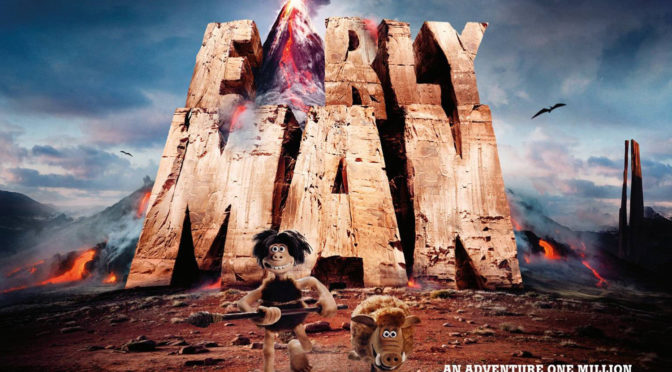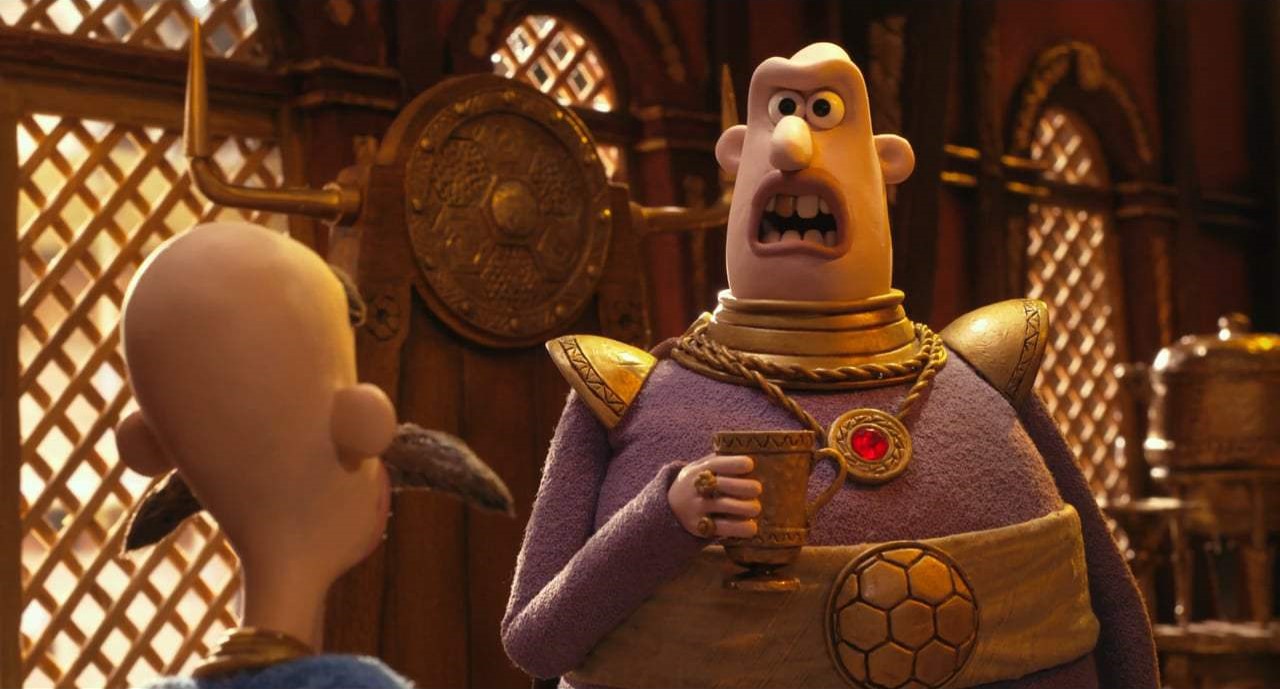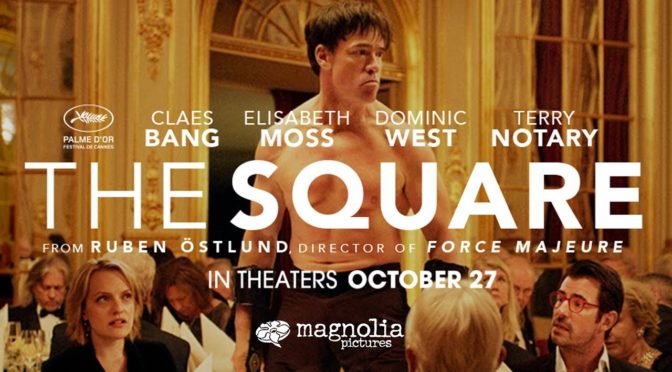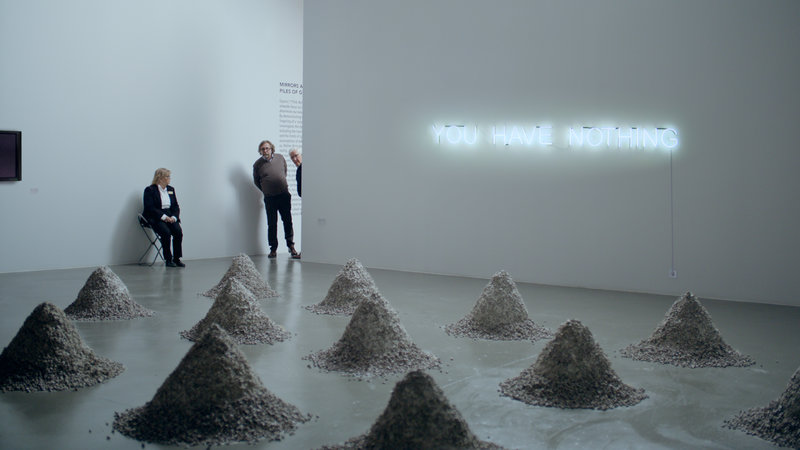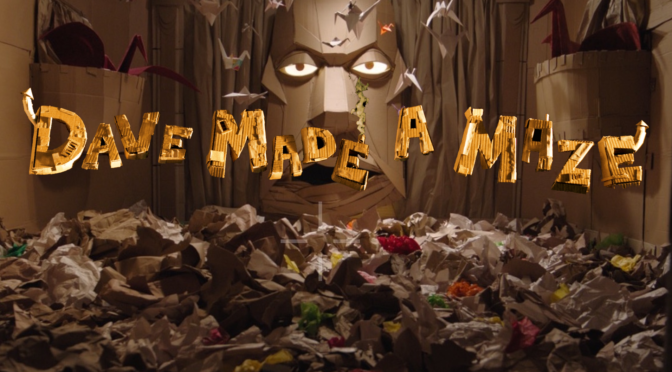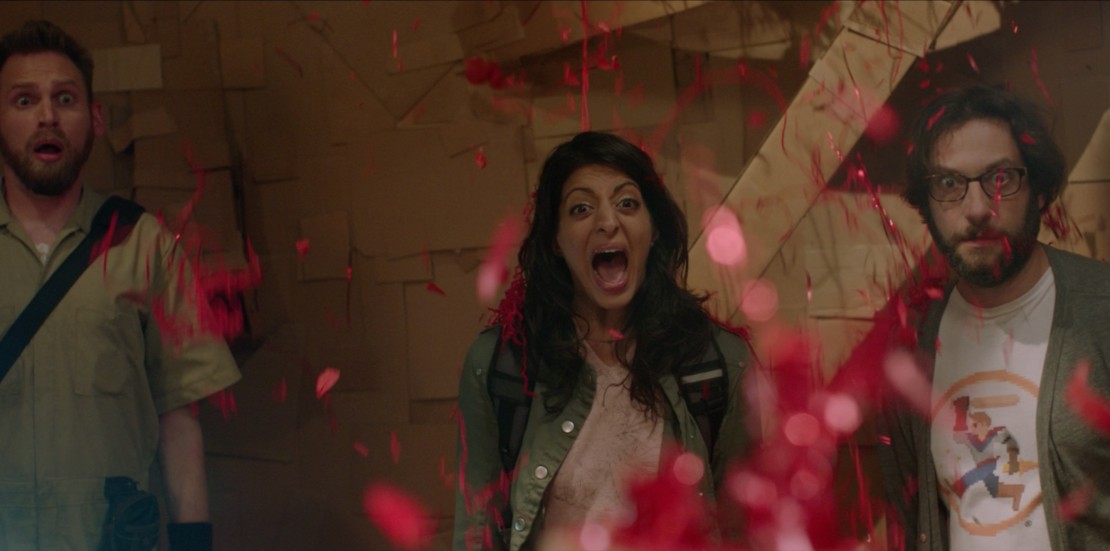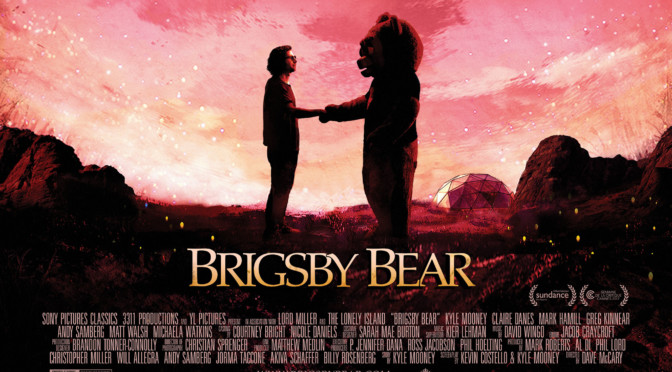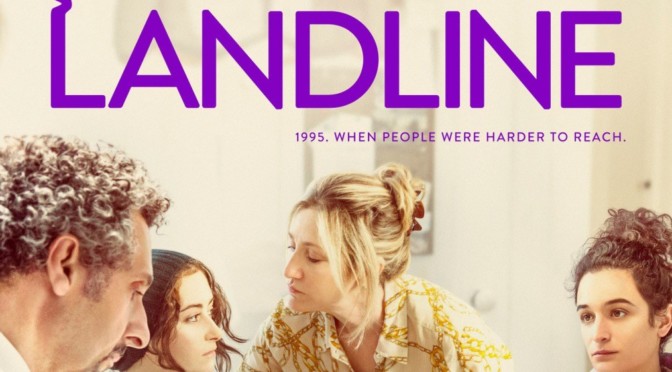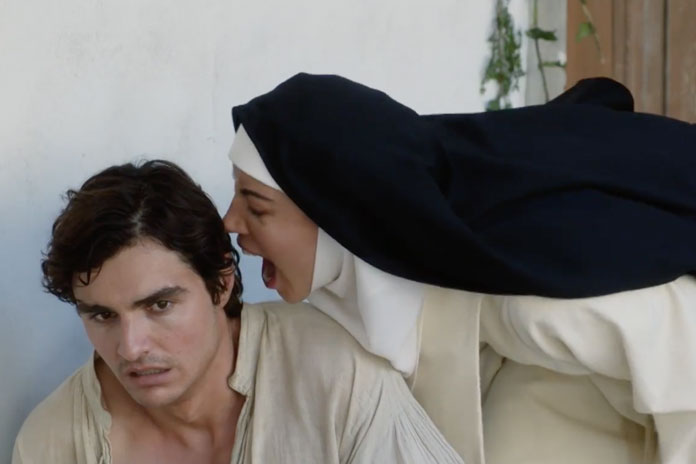The awkward period of adolescence is made infinitely worse when modern technology is involved. Kids growing up now have everything they do recorded and shared whether they like it or not. It becomes obvious that you are not in the cool crowd when everyone posts pictures of the party you weren’t even invited to. Stand-up comedian and musician Bo Burnham makes his directorial debut with a story that dives headfirst into this uncomfortable transition. Kayla (Elsie Fisher; McFarland, USA) is a thirteen year old girl about to graduate from eighth grade, but unhappy with her current life. She doesn’t have any friends and is viewed as “quiet” even though she feels she has a lot to offer. Outside of school, she creates YouTube videos with helpful life tips and lives with her single dad (Josh Hamilton).
The decision to use Kayla’s YouTube videos to narrate the film adds another layer of depth to her struggles unique to our current times. Kayla has to not only reconcile how she feels internally with how she interacts with kids at school, but also with her online persona. Here Burnham delves into the digital facade that so many create in order to feel accepted. Instead of buying a nicer car to “keep up with the Joneses”, children today post glamorous selfies. In one scene Kayla wakes up, elaborately applies her makeup, then returns to bed to take a photo with the subtitle “woke up like this…”. The constant pressure many young people face, particularly young women, now extends into their social media presence.
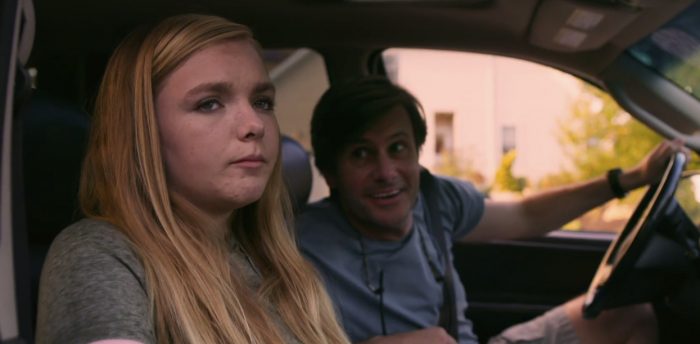
Each of her videos contrasts who she wants to be with who she actually is. As Kayla gives advice to others on her little-known channel, she reveals her own insecurities. Technology is often portrayed as dehumanizing, but Burnham is also aware of its intimate nature. Talking to a webcam, Kayla is uninhibited and her videos become personal confessions. Burnham deserves enormous credit for capturing this nuance and the therapeutic aspect of online content creation. Her videos can be viewed as an updated form of a personal diary. Even if it isn’t reflective of how she behaves in school, her channel represents her innermost thoughts and expresses them in a way only possible with modern technology.
Fisher is alternatively adorable and inexplicable as the self-conscious teen. Her rapid changes in mood and volatile reactions perfectly capture the confused emotions of her character. She’s faced with so many fears and seemingly impossible expectations that she can only express herself in outbursts at home and Hamilton is the quintessential father. He is supportive and well-meaning, but also has all the traits that would infuriate a teenage girl. He plays the father as dorky and simultaneously too intrusive and too removed from the tumultuous time in his daughter’s life. Yet, the film doesn’t just use him for laughs. When it’s time to deal with the issues at hand, Hamilton delivers a heartfelt monologue with the gentle warmth and honesty only a loving parent can. Burnham has turned the story of one awkward teenager into an affectionate and sincere look at modern adolescence that is both of its time and universal.

4/5 stars.




